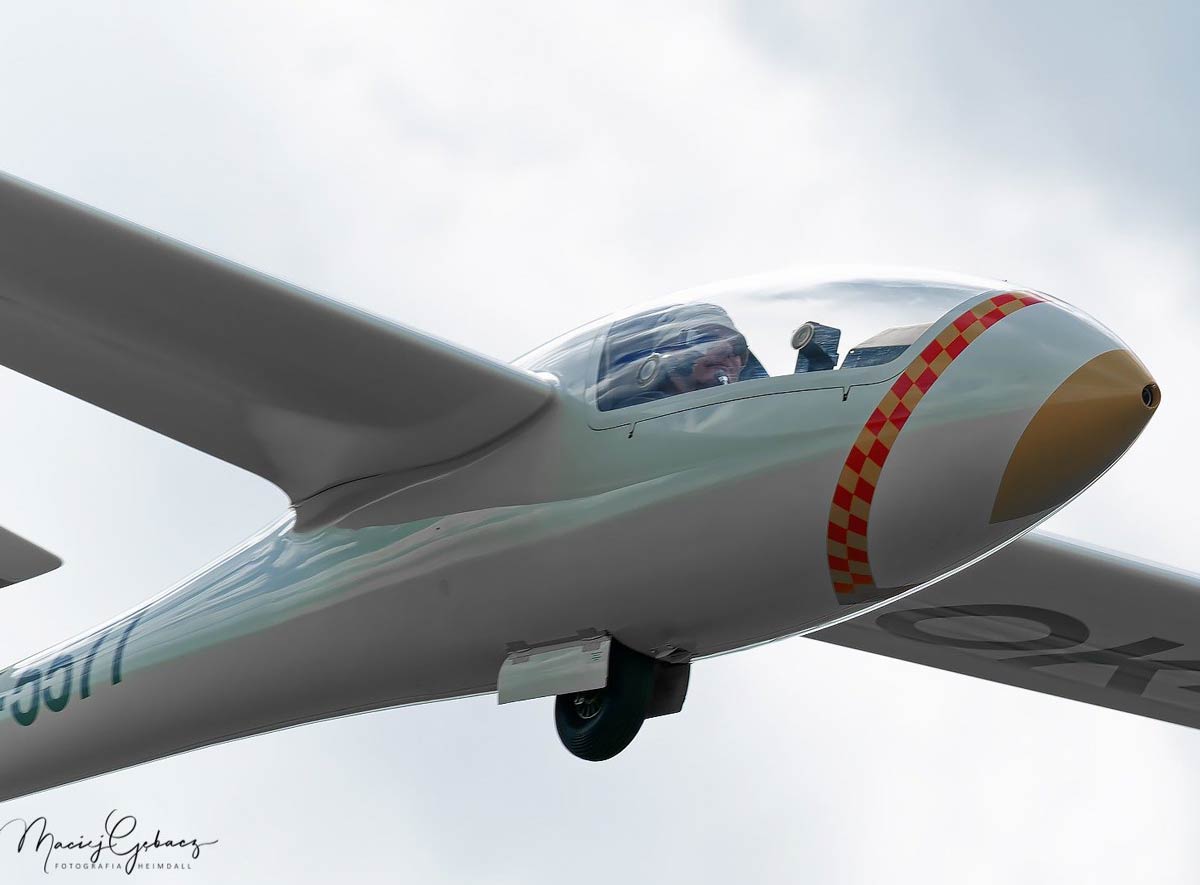Wind & the Airfield Traffic Pattern

To continue with our landing checklist GFWATTS and how we should not give it lip service.
Wind
Since we are looking at the wind before we enter the pattern, we should be able to set-up for the correct runway. Most of the time, we are not getting a wind check from the tower on short final, so instead, we want to get an approximate direction and gusting strength. Surface wind indicators might be water, windsocks, flags, trees, blowing dirt, smoke, ATIS, etc. We also want to think about not only what it is going to look like on short final but what the wind is going to do to us on each phase of the pattern.
Downwind
If we are making a left pattern and the wind is from the left, the wind is going to be blowing us towards the runway, and we will need to make sure we establish a crab away from the airport. If the wind is strong, we are going to lose a minimum amount of altitude. However, the excellent performance on downwind will be offset by the headwind on final. If the wind is going to drift us away from the runway, we want to be ready for that because if not base might be farther away from the airport, then you were expecting.
Base
When we turn base, is going to change based on the wind. A crosswind from the right or left will change when we want to turn. If you are used to a left crosswind on a left pattern having that slight tailwind component will be your standard. Then when you switch to a right crosswind, it will be noticeable how much longer the base takes and how much more altitude you lose.
I am not saying this will be 300ft of difference, but even 30ft difference on final is going to be noticeable. So when you are determining to turn base is going to be determined by what the crosswind is.
Final
At Sky Sailing we teach using a side slip on final. This way you can have the glider lined up the entire final. Now the rate of descent is constant and not changed on short final when you transition out of a crab. It also allows you to determine if the crosswind is going to be too strong. A limiting factor might be the wing touching first or running out of rudder. We land on a wide dirt runway that we can land across, even if it is not directly into the wind, cutting out 20 degrees of the crosswind might be enough.
Before it happens
When we do our landing checklist and think about the wind, you want to think about each phase of the pattern and how it is going to affect it. A bad situation getting worse might be a low pattern with the wind blowing you onto the runway, turning base low and not anticipating the quick base, especially when you are already close and the wind and poor planning gets you to overshooting base to final. I have other students not paying enough attention on downwind and getting too low before turning base because they were not anticipating the wind drifting them away from the airport.
Airspeed
The best option here is to use the manufacture recommendation. Many of the German manufactures will have a minimum recommended landing speed. It is generally advised to add some speed to that if there is wind. Also, you should know the glider, for instance, if you are approaching at the minimum recommended landing speed with full spoilers in a Grob 103, you will get such a high descent rate built up a simple flair won't arrest the descent for a smooth landing. If we use some textbooks, a pretty common number would be that recommended speed plus half of the wind. In the 2-33 we use 50mph plus half the wind.
Getting it set
The wind I use is whatever I think it is gusting too. Then I set the speed at that time. Accelerating is going to take altitude so if you are trying to get the speed set on final you are going to lose altitude accelerating and possibly fall below glide.
I watched the aftermath of this in Hobbs one year where the pilot made multiple errors, but one was not accounting for the wind and not enough speed and did not make it to the airport runway, after entering the pattern.
to be continued next week.....
Remove Before Flight Plug
|
LXNAV S3 Variometer
• Extremely bright 2″ (5cm) color display readable in all sunlight conditions with the ability to adjust the backlight. The main screen has a mechanical needle and a 320x240 color display with user-selected data. |
Banner Photo Credit Maciej Gebacz
 Garret Willat holds a flight instructor rating with over 8000 hours in sailplanes. His parents have owned Sky Sailing Inc. since 1979. He started instructing the day after his 18th birthday. Since then, Garret has represented the US Junior team in 2003 and 2005. He graduated from Embry-Riddle with a bachelor's degree in Professional Aeronautics. Garret represented the US Open Class team in 2008 and 2010 and the Club Class team in 2014. Garret has won 3 US National Championships.
Garret Willat holds a flight instructor rating with over 8000 hours in sailplanes. His parents have owned Sky Sailing Inc. since 1979. He started instructing the day after his 18th birthday. Since then, Garret has represented the US Junior team in 2003 and 2005. He graduated from Embry-Riddle with a bachelor's degree in Professional Aeronautics. Garret represented the US Open Class team in 2008 and 2010 and the Club Class team in 2014. Garret has won 3 US National Championships.





Can you please tell me what the acronym GFWATTS is .
As I am in Australia and we use FUST for landing ( Flaps ,Undercarriage, Speed, Trim..)
Flaps
Wind
Airspeed
Trim
Traffic
Spoilers